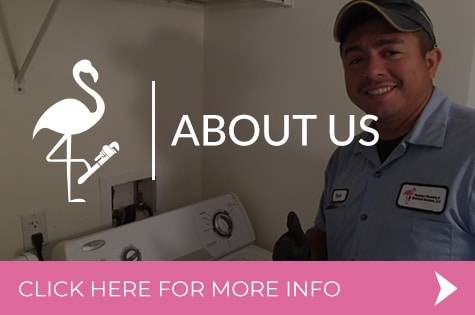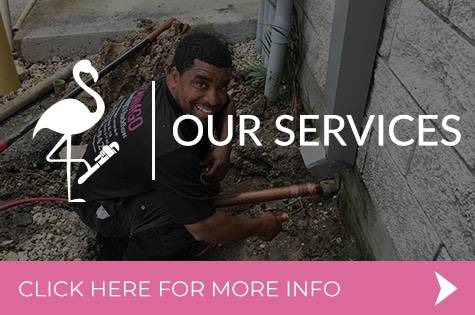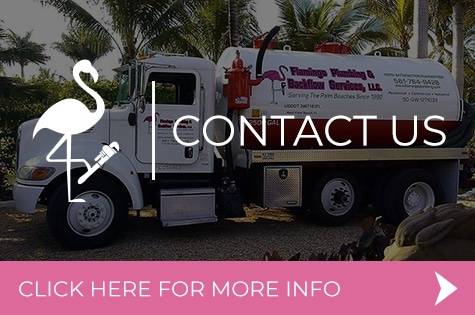Ensuring the quality and safety of our water supply is paramount. A crucial component in this protection mechanism is the backflow preventer. When functioning properly, it prevents contaminated water from flowing back into the clean water supply.
But what if your backflow preventer is leaking? It’s essential to identify this promptly to prevent potential hazards. This article will guide you through the telltale signs your backflow preventer needs repair and how to address leaks promptly.
Visible Water Pooling or Dampness
One of the most straightforward signs that your backflow preventer is malfunctioning is the presence of water pooling around its location. If you notice wet spots or consistent dampness in the area, it could be an indication that the device is leaking. Regularly inspect the vicinity, especially after using a water source.
Decreased Water Pressure
If you experience a sudden drop in water pressure without any apparent reason, your backflow preventer might be the culprit. When it’s leaking, the device can impede the normal flow of water, causing noticeable pressure changes in your faucets or showers.
Unusual Noise
An optimally functioning backflow preventer should operate quietly. However, if you start to hear unusual sounds like hissing, gurgling, or even constant dripping, it could signify that there’s a leak or some internal component has been compromised.
Evident Rust or Corrosion
Regular inspections of your backflow preventer can also reveal visible signs of wear and tear, such as rust or corrosion. While not always a direct indication of a leak, these signs suggest that the device might soon start leaking if it hasn’t already.
How to Address a Leaking Backflow Preventer
Once you’ve ascertained that your backflow preventer is leaking, it’s crucial to act swiftly to prevent further complications. Here’s how you can go about it:
Shut Off the Water Supply
As a safety measure, before attempting any repairs or even a closer inspection, shut off the main water supply. This will halt any further leakage and prevent potential water damage while you work on the device.
Clean and Inspect the Device
Over time, debris, dirt, or mineral buildup can accumulate in the backflow preventer, causing it to malfunction. Begin by cleaning the device thoroughly. In some cases, this might solve the problem, especially if the leak was due to blockages.
Replace Damaged Parts
If, upon inspection, you find any component of the backflow preventer to be damaged, rusted, or corroded, it’s best to replace it. Often, replacing a worn-out valve or seal can resolve the leakage. However, ensure you purchase parts compatible with your specific backflow preventer model.
Call a Professional Plumber when Unsure of the Signs Your Backflow Preventer Needs Repair
If you’re uncertain about the source of the leak or don’t feel confident in your ability to repair it, it’s always wise to call in a professional plumber like Flamingo Plumbing & Backflow Services. Our experts have the necessary tools, expertise, and experience to diagnose the problem accurately and offer a lasting solution.
Regular Maintenance is Key
To prevent future leaks or malfunctions, schedule regular plumbing maintenance for your backflow preventer. A professional can inspect, clean, and service the device, ensuring its longevity and optimal function.
A leaking backflow preventer is more than just a minor inconvenience; it’s a potential risk to your water supply. By staying vigilant for the signs your backflow preventer needs repair and addressing any issues promptly, you can ensure that your water remains uncontaminated and safe for use.






